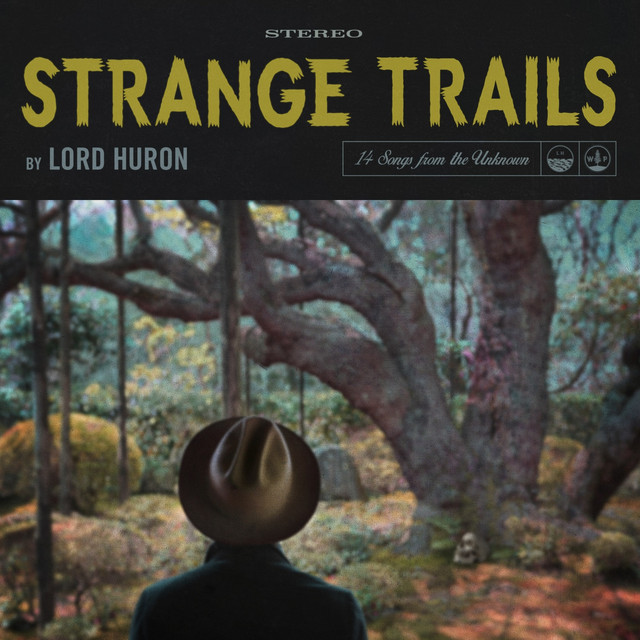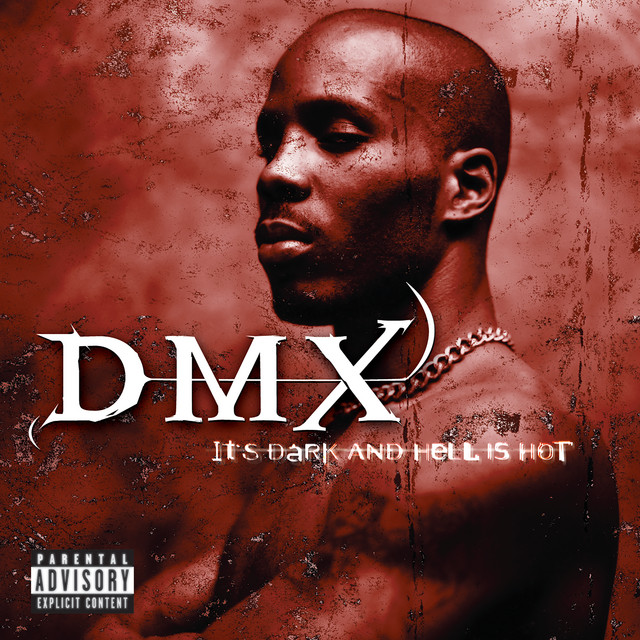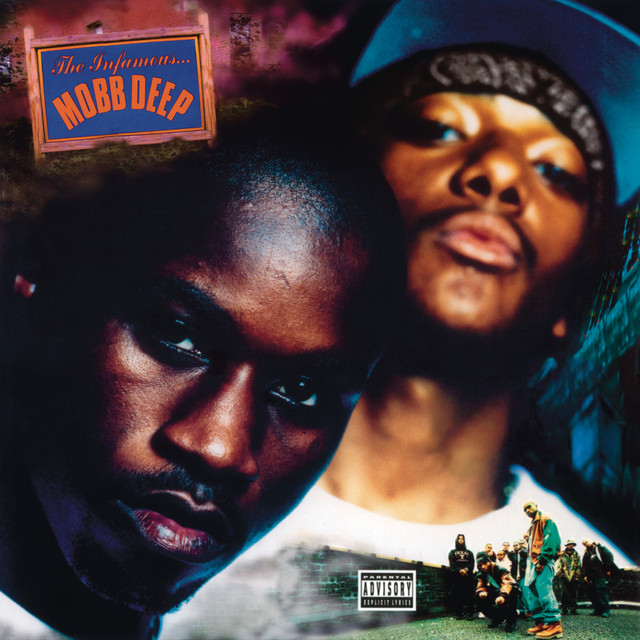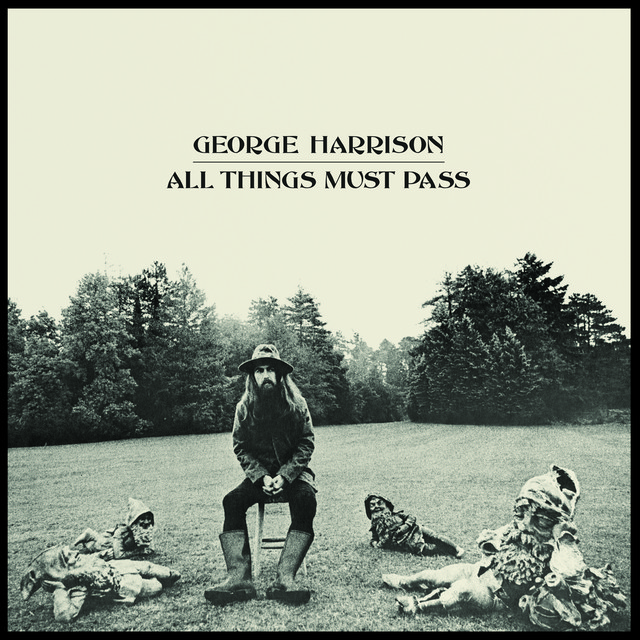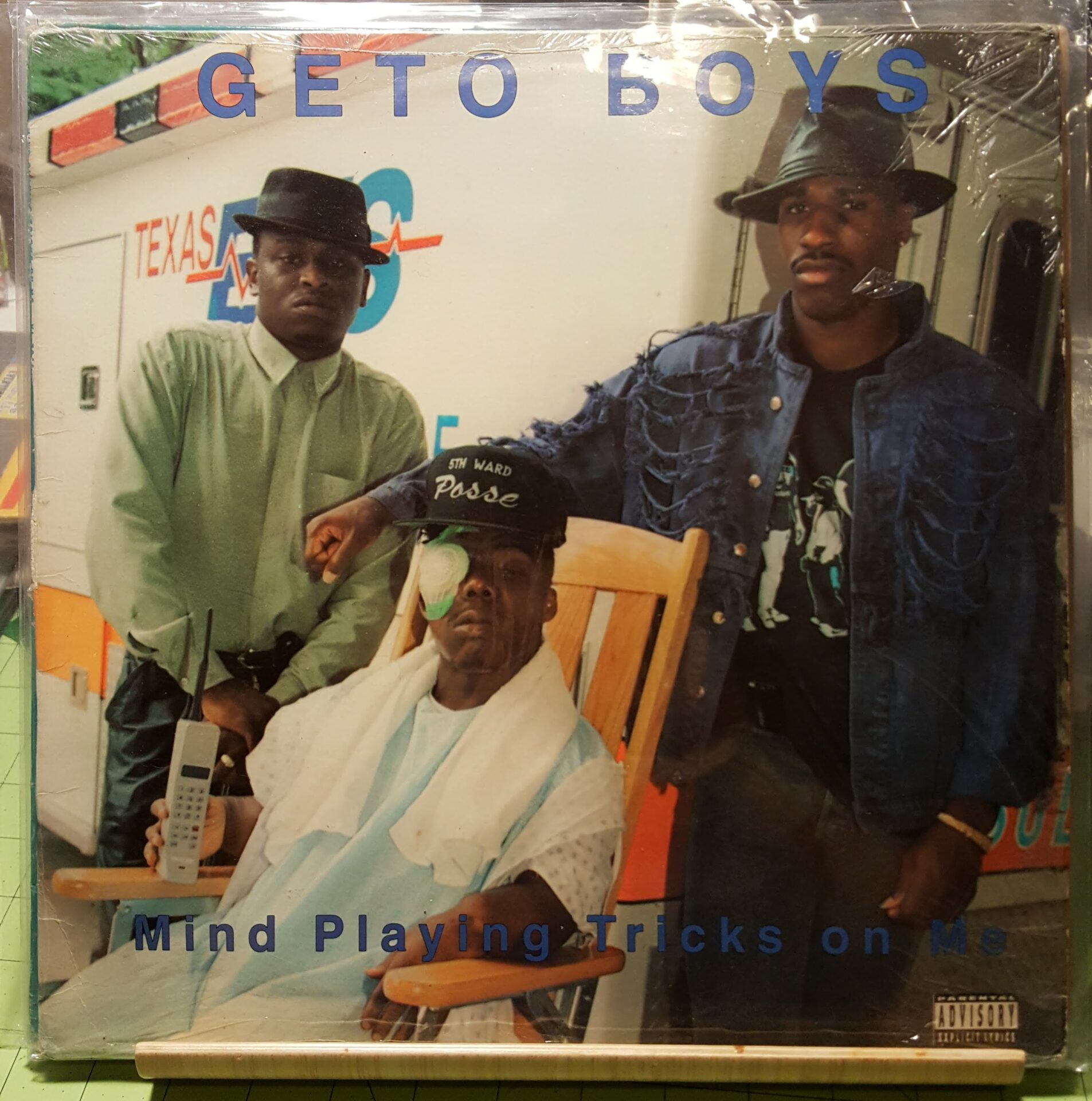Don’t Bother They’re Here
“Don’t Bother They’re Here” by Stars of the Lid, from their 2007 album “And Their Refinement of the Decline,” is a prime example of ambient music that blurs the line between music and soundscape. The track unfolds slowly over time, weaving a tapestry of serene sound. It begins with a gentle hum that becomes a warm drone, layered with delicate strings. This creates a feeling of stillness and introspection. The music lacks a traditional melody or rhythm, allowing each sound to linger in the air and inviting listeners to immerse themselves deeply. The textures subtly shift and morph, creating an organic progression that feels both weightless and grounded. The use of reverb and delay expands the sonic space, creating a vast and open atmosphere. The result is a meditative auditory experience that transports the listener into a contemplative state, leaving plenty of room for personal interpretation and reflection. In essence, the track is more about the emotion it evokes and less about conventional structure.
The Night We Met
“The Night We Met” by Lord Huron, released in 2015, is a melancholic ballad deeply rooted in nostalgia and longing. The song opens with a simple yet evocative guitar arpeggio, creating a haunting ambience. The instrumentation is rich, layering acoustic and electric guitars with subtle percussion, creating a lush soundscape. Ben Schneider’s ethereal vocals deliver introspective lyrics that reflect a yearning for a past connection. The use of reverb amplifies the sense of distance and loss. The track is emotionally driven with a gradual build-up, adding strings that heighten the emotional intensity. The song’s structure revolves around its chorus, which serves as a poignant anchor. Its immersive sound design invites listeners to reflect on moments of love and regret, embodying a timeless and universal appeal. The production is polished, yet maintains an organic feel, resonating with the perpetual theme of lost love and memory.
Hey There Delilah
“Hey There Delilah” by Plain White T’s is a quintessential example of mid-2000s acoustic pop. The song features a simple yet effective chord progression, primarily revolving around D major, F# minor, B minor, and G major, which provides a warm and intimate backdrop to the narrative lyrics. The acoustic guitar is the sole instrument, allowing the vocal melody to take center stage. In its structure, the song follows a straightforward verse-chorus form, with each section seamlessly transitioning to maintain listener engagement. The melody is memorable, highlighted by its earnest and plain delivery that enhances the relatability and storytelling aspect of the song. The lyrics tell a heartfelt story of longing and love, capturing the listener’s emotions with directness and sincerity. Overall, the stripped-down production aligns perfectly with the thematic content, creating an introspective listening experience that resonated with audiences, making it a standout track of its time.
Take Me to Church
“Take Me to Church” by Hozier is a powerful track rooted in a gospel and blues-inspired soundscape. It starts with a somber piano line, setting a reflective tone. Hozier’s deep, soulful voice enters, carrying a rich, emotive quality that is central to the song’s impact. The structure is simple yet effective, following a verse-chorus form. The chorus is anthemic, with swelling dynamics as the instrumentation builds, incorporating drums and layered harmonies that amplify the emotional weight.
The lyrics use religious imagery to explore themes of love, identity, and defiance against societal norms, creating a sense of conflict and yearning. Instrumentally, the song relies heavily on the interplay between piano and guitar, creating a lush, melancholic backdrop. The production is raw yet polished, allowing the intensity of Hozier’s vocal delivery to shine through. Overall, the track combines emotional depth with a memorable melody, making it both thought-provoking and sonically engaging.
Ruff Ryders’ Anthem
“Ruff Ryders’ Anthem” by DMX, released in 1998, features a straightforward yet impactful production characteristic of late ’90s hip-hop. Swizz Beatz provides the beat, which is underlined by a steady, thumping bass and crisp, snare-heavy percussion. The simplicity of the beat allows DMX’s raw vocal delivery and aggressive lyrical style to take center stage. The repetitive, chant-like chorus is designed to be an anthem, encouraging audience participation, which enhances its memorability. The track’s energy is unrelenting, mirroring the aggressive themes common in DMX’s work, such as resilience and street life. The use of minor keys and dark soundscape aligns with the rugged and intense mood, which contributes to its enduring appeal in hip-hop culture.
Shook Ones, Pt. II
“Shook Ones, Pt. II” by Mobb Deep, released in 1995, is a quintessential track in the East Coast hip-hop genre. The song’s production, crafted by Havoc of the duo, is underpinned by a moody, haunting piano loop that sets a dark, gritty atmosphere, reflective of the hard realities depicted in the lyrics. The beat is steady and unrelenting, driven by crisp, hard-hitting drums that create a sense of urgency. The bass line is subtle yet effective, providing a deep foundation without overpowering the mix.
Lyrically, Prodigy’s delivery is raw and direct, painting vivid pictures of street life and survival, invoking a sense of authenticity and intensity. The interplay between his words and the instrumental backdrop creates a stark, immersive listening experience. The song’s overall minimalist production allows for the powerful storytelling to take center stage, making it a standout track renowned for its influential impact on hip-hop. This track not only showcases Mobb Deep’s knack for combining compelling beats with gritty narratives but also captures the essence of 90s hip-hop’s raw, unfiltered spirit.
My Sweet Lord
“My Sweet Lord” by George Harrison is like a warm hug from an old friend. The song captures a gentle yearning that feels universal, like those quiet moments when you’re just trying to find a bit of peace in the chaos. It’s simple and soothing, much like a cup of tea on a rainy day. The melody stays with you, murmuring a serene, soulful longing that resonates in a way that is both nostalgic and hopeful. It’s a melody you’d hum while taking a stroll or doing chores, grounding and uplifting at the same time.
Here She Comes Now
“Here She Comes Now by Nirvana in 1991 is like catching a cool breeze on a warm day. It’s straightforward and raw, yet there’s something mesmerizing about its simplicity. The song’s unpolished feel makes it relatable, like a heartfelt conversation with a good friend who just gets it.”
My Mind Playing Tricks on Me
“My Mind Playing Tricks on Me” by Geto Boys is a song that feels like a late-night chat with an old friend. It takes you on a ride through the ups and downs of overthinking and feeling restless. The lyrics paint vivid pictures of everyday life that many of us can relate to, making it feel real and down-to-earth. Despite the serious themes, there’s a certain charm in how the song captures the universal struggle with inner thoughts and feelings. It’s like a peek into the mind’s private diary, and that makes it both compelling and familiar.

